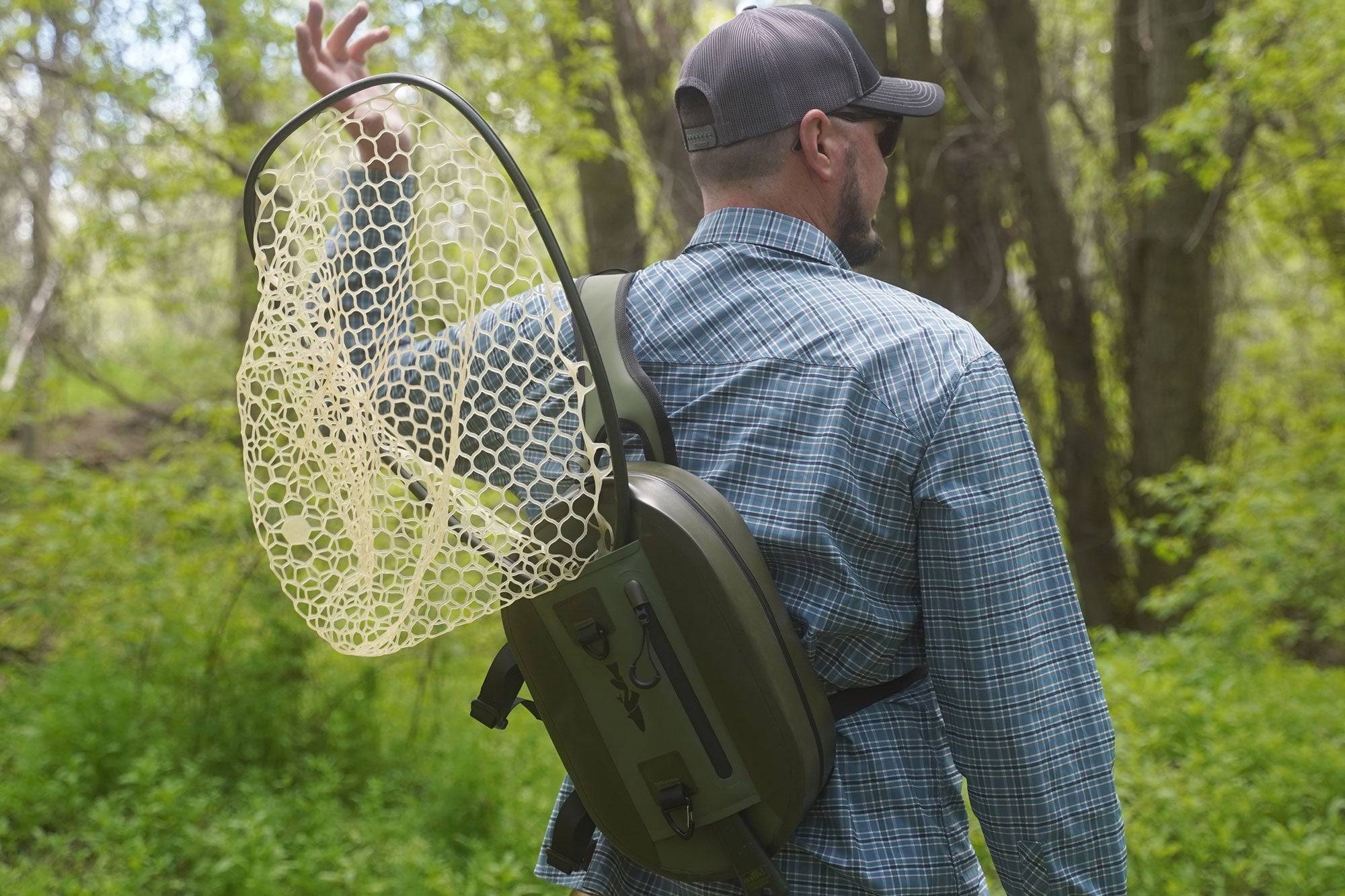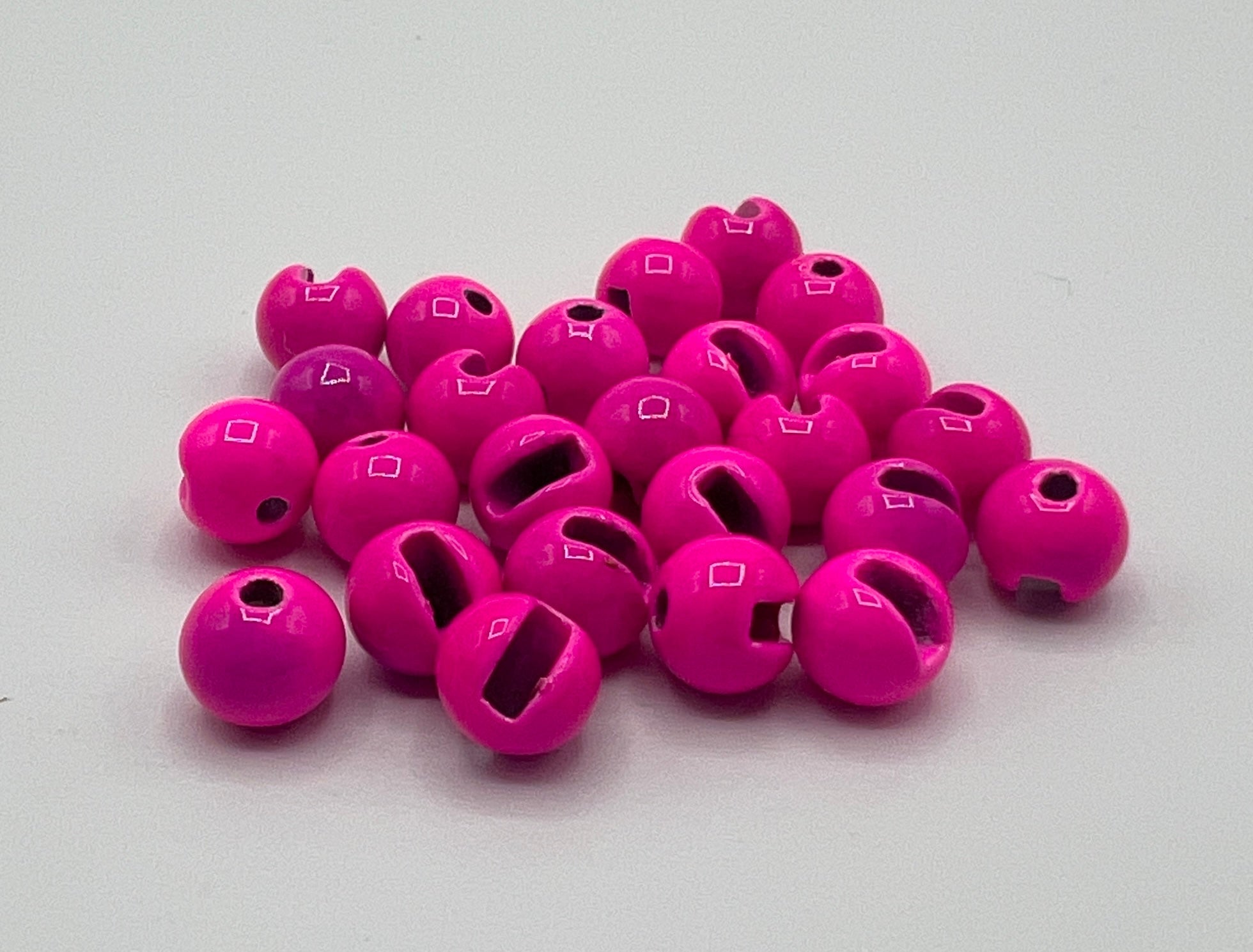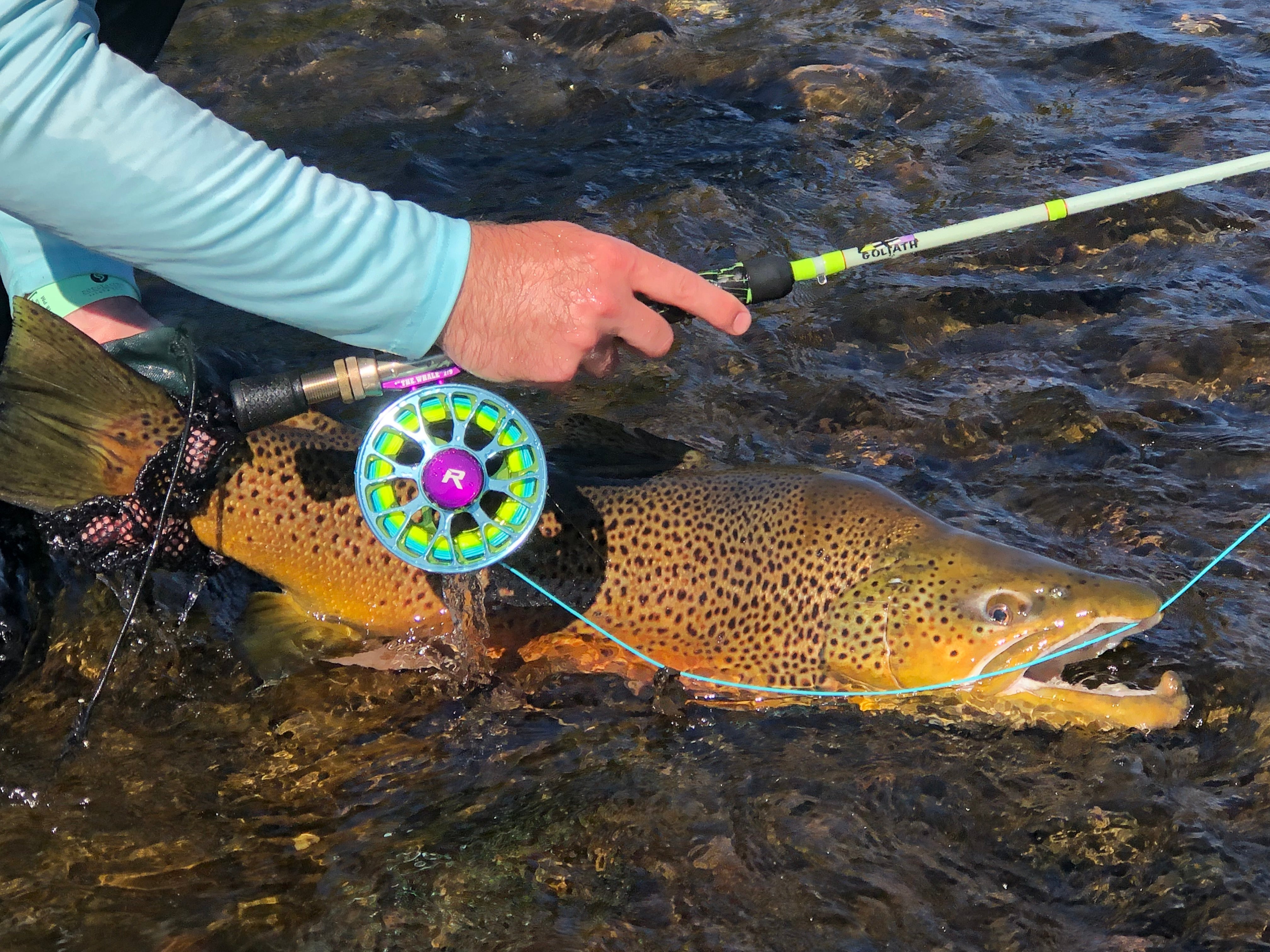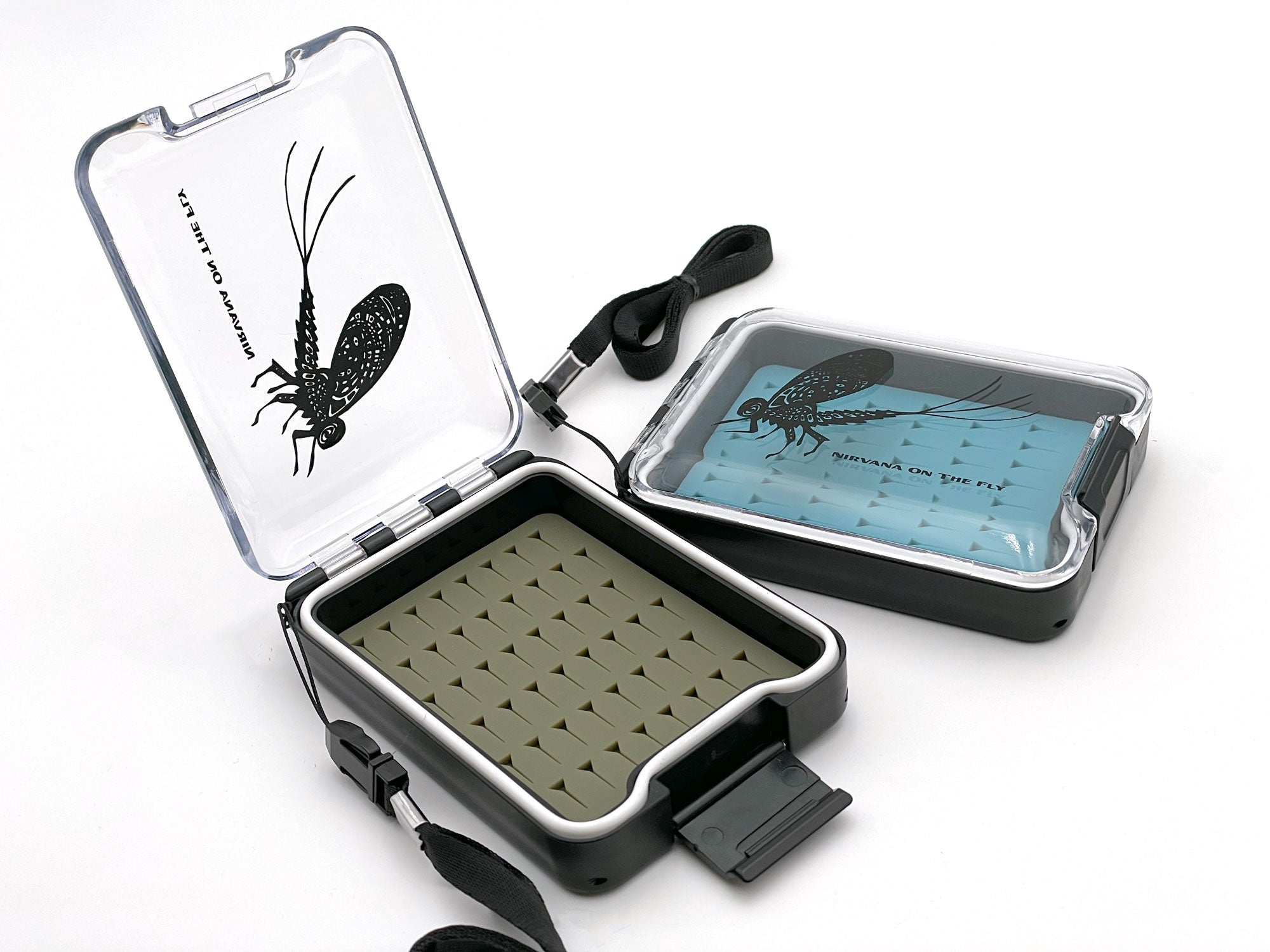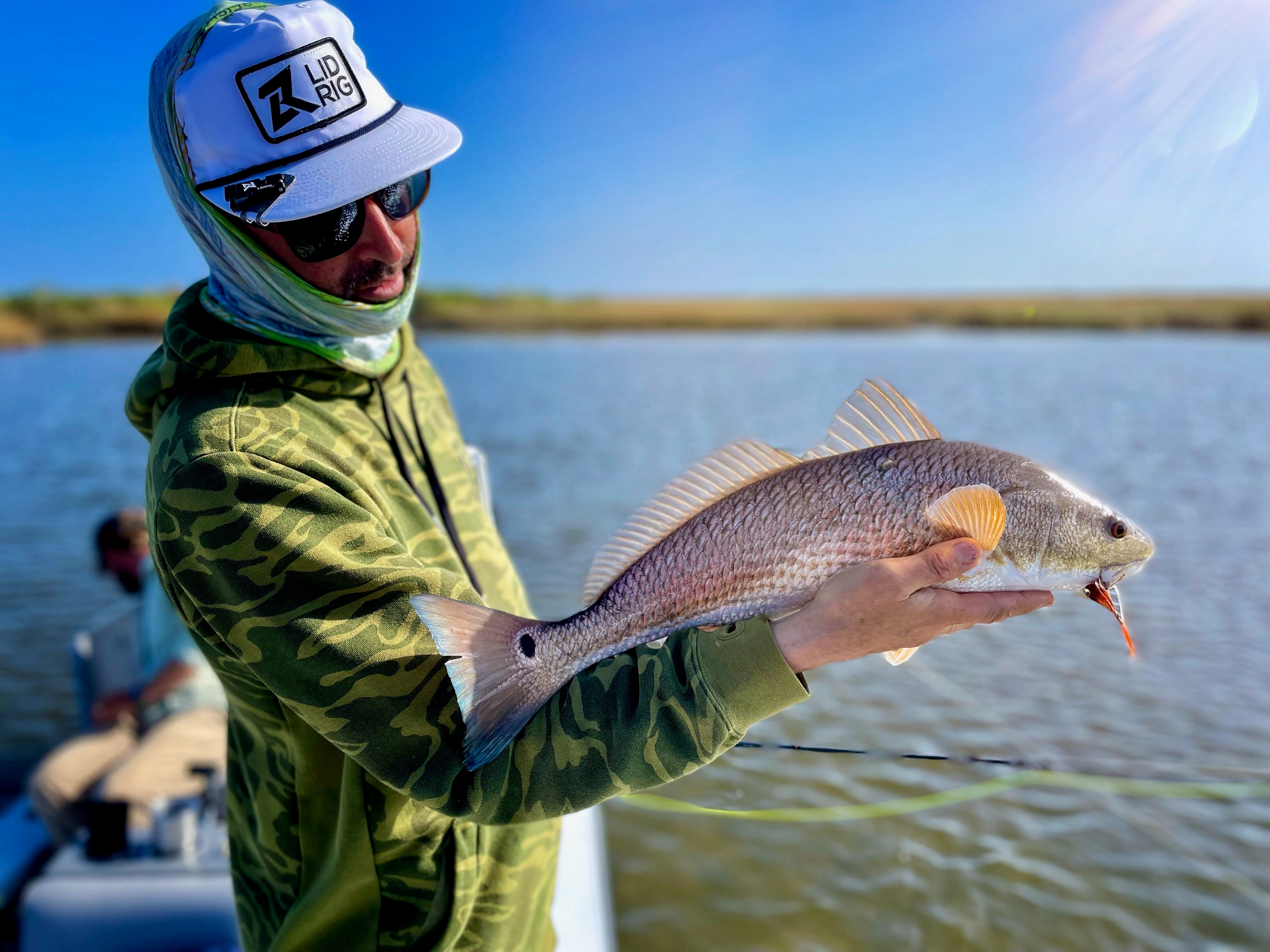Buying used fly rods can become an undertaking that isn’t all that pleasant. However, the cost associated with acquiring new rods tailored to various fishing conditions can become prohibitively expensive. This has led to the emergence of the used fly rod market as a cost-effective alternative for anglers. Acquisition requires a strategic approach to ensure value for money. Herein, I present a structured methodology for identifying and purchasing pre-owned fly rods that promise both quality and affordability.
Used Rod Preliminary Research
Initiating the process of buying a used fly rod requires comprehensive preparatory work:
- - Manufacturer Analysis: Prioritize rods from established manufacturers such as Orvis, Sage, Winston, or Scott to narrow down the search to quality products or product manufacturers that you want to support.
- - Specification Clarity: Determine the desired specifications, including rod length and line weight, tailored to specific fishing requirements.
- - Reviews: Although most product reviews are a bit biased, especially by more established brands as the reviews are often paid for or influenced by the manufacturer. However, there are things to consider and listen to from all reviews that may alter your perspective. Pay attention to details and do a bit of research to understand the idiosyncrasies of the desired products you are looking at.
Recommendation: An informed approach is essential. Assess the market value and demand for the rod to guide your negotiation strategy.
Detailed Inspection
Evaluate potential purchases of used fly rods critically:
- Cork Quality: A clean cork handle often indicates a well-maintained rod, whereas significant wear may suggest extensive use. However, be aware that cork handles come in different grades. Better cork has fewer natural voids so you'll see less filler. This a great indicator of a rod of lower quality. However, further research is likely needed. If you do find issues, ask questions. Some guys treat cork as a fly patch so it could be as easy as a simple repair or knowing it won't get much worse and getting a screaming deal.
- - Rod Condition: Assess the rod for cosmetic damage and structural integrity. Minor aesthetic imperfections may be acceptable, but severe damage can impair functionality.
- - Are the guides bent or worn?
- - Is there discoloration in the finish?
- - Have there been any repairs?
- - Are the guide wraps intact?
- - Verification of Authenticity: Ensure the rod's serial number and inscriptions correspond with advertised specifications to confirm its authenticity.
Recommendation: Prioritize rods that have been well cared for, as indicated by their physical condition and maintenance history.
Seller Credibility
The trustworthiness of the seller is paramount:
- - Online Feedback: Utilize platforms like eBay to review seller ratings. High feedback scores generally indicate reliable sellers.
- - Community Endorsements: When purchasing through forums, seek out sellers with positive community feedback.
- - Communication: Engage with the seller to gauge their responsiveness and willingness to provide detailed product information.
- - Research: Look at social photographs and or seller profiles. A dirty and dingy profile or history would indicate the potential seller's caretaking. What would you imagine the care of the rod to be?
Recommendation: Opt for sellers with transparent communication and a positive track record.
Used Rod Component Integrity Check
- - Ferrules Inspection: Examine these connections for wear, damage, or misalignment. Specifically, inspect the rod section ends for cracking and or other damages that can compromise the rod's performance.
- - Guide Evaluation: Ensure that the guides are undamaged and properly aligned to facilitate smooth line movement.
- - Butt End and Tip: Carefully, review the condition of the butt end and rod tip for damage. Has the butt end been nicked and banged up and is the tip guide bent, and or re-glued?
Recommendation: Components in good condition are crucial for optimal rod performance.
Personal Trial
If feasible, test the used rod to assess its performance:
- - Whip it Around: Evaluate the rod’s action, responsiveness, and ergonomic fit. Does it rattle, do the sections stay secure, etc? Many people go by feel to evaluate a rod. In my opinion, it is a farce. Instead, try to focus on the mechanics of the rod. You aren’t buying the individual performance instead you are buying a sound piece of equipment. After all, if you are evaluating the rod to fill a hole in your quiver it will feel different than other rods you have used as it should fill a void.
Recommendation: Noises other than wind are indicators of trouble so listen to the swing of the rod for any oddities .
Conclusion
The acquisition of used fly rods represents a strategic approach to expanding your quiver of rods without incurring the high costs associated with new equipment. Through diligent research, meticulous inspection, and careful selection, anglers can discover high-quality rods that offer exceptional value. This process not only ensures financial prudence but also contributes to the sustainable use of resources in the fly fishing community.
Keep in mind that not all problems found are not evidence that the rod is a non-viable buy. Instead, these are all subject to your review, satisfaction, and of course part of your negotiation strategy.
To learn a few negotiation tactics for buying, read this article.
***Do you want to get deals on equipment, fly fishing trips, and lots of information? Become a member of the Loyalty Club on the Fly Fishing Insider Podcast.

By Christian Bacasa
Host of the Fly Fishing Insider Podcast
Fly Fishing Insider Podcast Official Website
Instagram Fly Fishing Insider Podcast
Instagram Dupeafish
Facebook
Pinterest
Twitter
LinkedIn
Tumblr
Watch on YouTube


